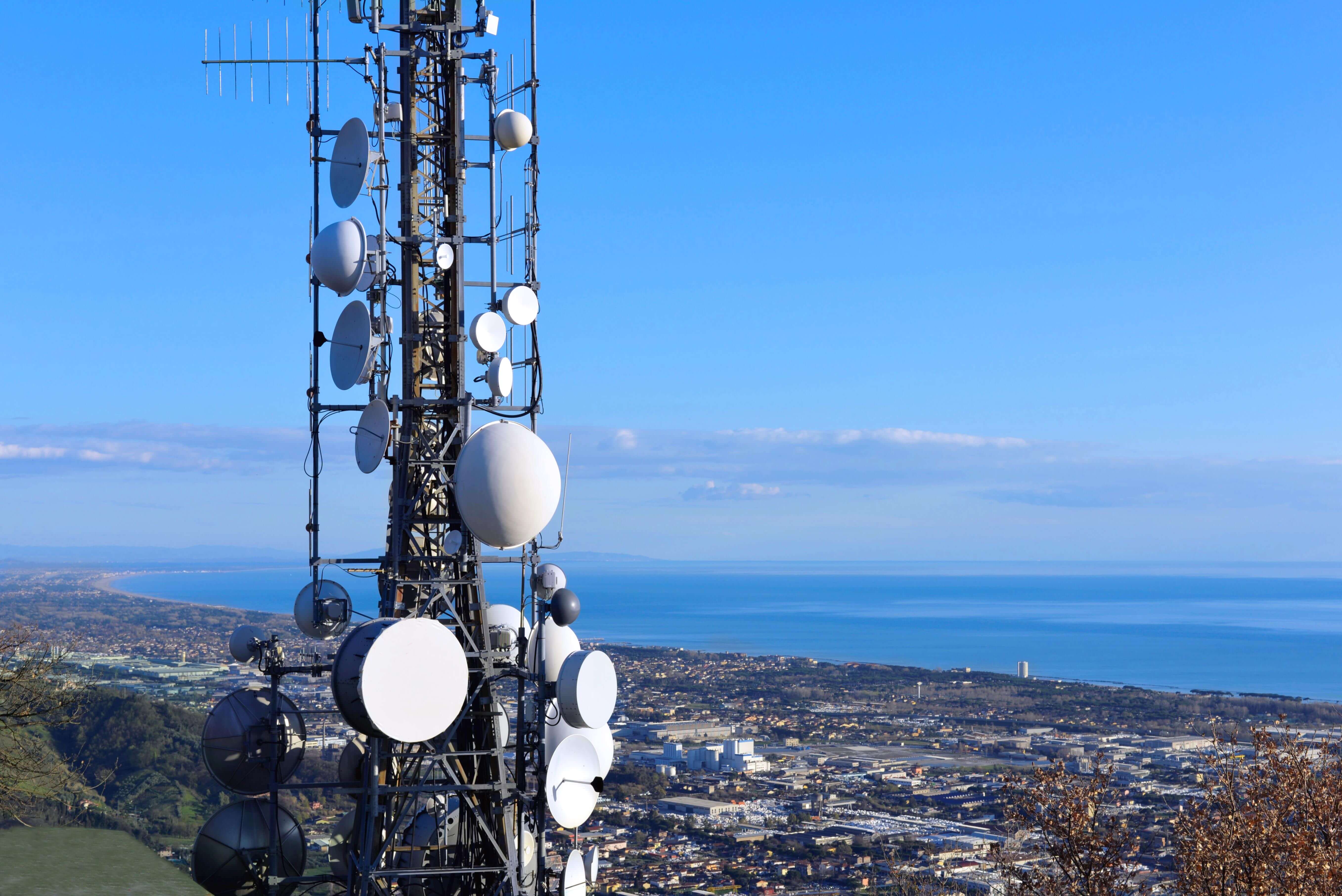If you've ever wandered through a city you might have noticed tiny cell towers for 5G on the poles of street lights. They appear like tiny boxes, but they're actually broadcasting wireless signals from cell phone providers to your phone.
These smaller towers are replacing the larger specially-designed cell towers. Although they're not as visible however, they could create problems for those who live nearby.
It is the FCC's Radiation Exposure Thresholds
The FCC's Radiation Exposure Thresholds define the safe distance that one can expose to electromagnetic energy generated by wireless devices. The exposure limits are based upon scientific research which prove that electromagnetic energy could cause harm to health.
The specific absorption rate (SAR) is an indicator of the amount of radiofrequency energy taken up by tissues. It's typically 1.6 milliwatts per kilogram spread over a kilogram of tissue.
Since what is a safe distance from a cell tower is able to transmit at higher frequencies, it has the potential to create more energy on the skin and other exposed body parts. This can lead to a wide range of potential problems, including an increased appearance of skin disorders like dermatitis, skin cancer and cataracts.
Because of the potentially negative effects of 5G radiation, PSU has chosen to create a general limits on power density, which is 4mW/cm2 measured on 1cm2, and never to exceed 30 minutes for the entire 5G spectrum at 3000 GHz. This localized limit is consistent with the highest SAR that is spatially averaged at 1.6 W/kg, averaged over one grams of tissues at six GHz.
The FCC's Maximum Exposure Thresholds
In the event that you've used mobile phone, you probably know that a safe location from the tower should be at least 400 meters away. This is due to the transmitting power of a cell tower increases dramatically the further the tower is.

Although this may sound like something that's good, the reality is that people who live close to towers might be more prone to health issues. For instance, a 2014 study in India found that those who lived within 50m of cell towers had significant more health issues than those living further far from antennas.
However, this study also revealed that those who relocated into areas farther away from the cell towers saw their symptoms improve within a couple of days. what is a safe distance from a 5g cell tower have also revealed that exposure to high frequencies of radiofrequency electromagnetic fields (EMFs) can cause cancer, brain tumors, and other health problems.
safe distance from cell tower is because the RF radiation used in wireless communication can penetrate the human body's outer layer, which is the skin. This is vital to be aware of because the skin acts as a shield against injury to the body, infection from pathogenic microorganisms, as well as entry of toxic substances. The skin is the largest organ of the human body and is responsible for protecting other organs.
The FCC's Minimum Exposure Thresholds for the Minimum Exposure
The FCC's Minimum Exposure Thresholds rely on many assumptions that aren't supported by evidence from science. They include the incorrect belief that short-term exposures RF radiation are safe because of the minimal radiation penetration in the human body (i.e., tissue heating).
This also overlooks the greater penetration of ELF elements of modulated radio signals and the consequences of brief bursts of heat caused by RF pulses. These assumptions do not correspond with the current understanding of biological effects of RF radiation. As such, they should not be relied upon for health-protection exposure standards.
In addition, the ICNIRP and FCC restrict the maximum limits of exposure to peak local SARs based on the peak speed of spatial absorption (psSAR), which can be described as not a sufficient dosimetric tool for determining the level of exposure to radiofrequency radiation. Particularly, psSAR is inaccurate when frequencies exceed 6 GHz. Additionally, psSAR hasn't been tested for RF radiation with co-exposure to other environmental agents such as sunlight. Interactions of RF radiation with other agents in the environment could cause synergistic or antagonistic impacts. This can lead to an increased risk of negative health adverse effects. For instance, exposure to RF radiation and sunlight could raise the chance of developing skin cancer and exacerbate other skin diseases such as acne.
